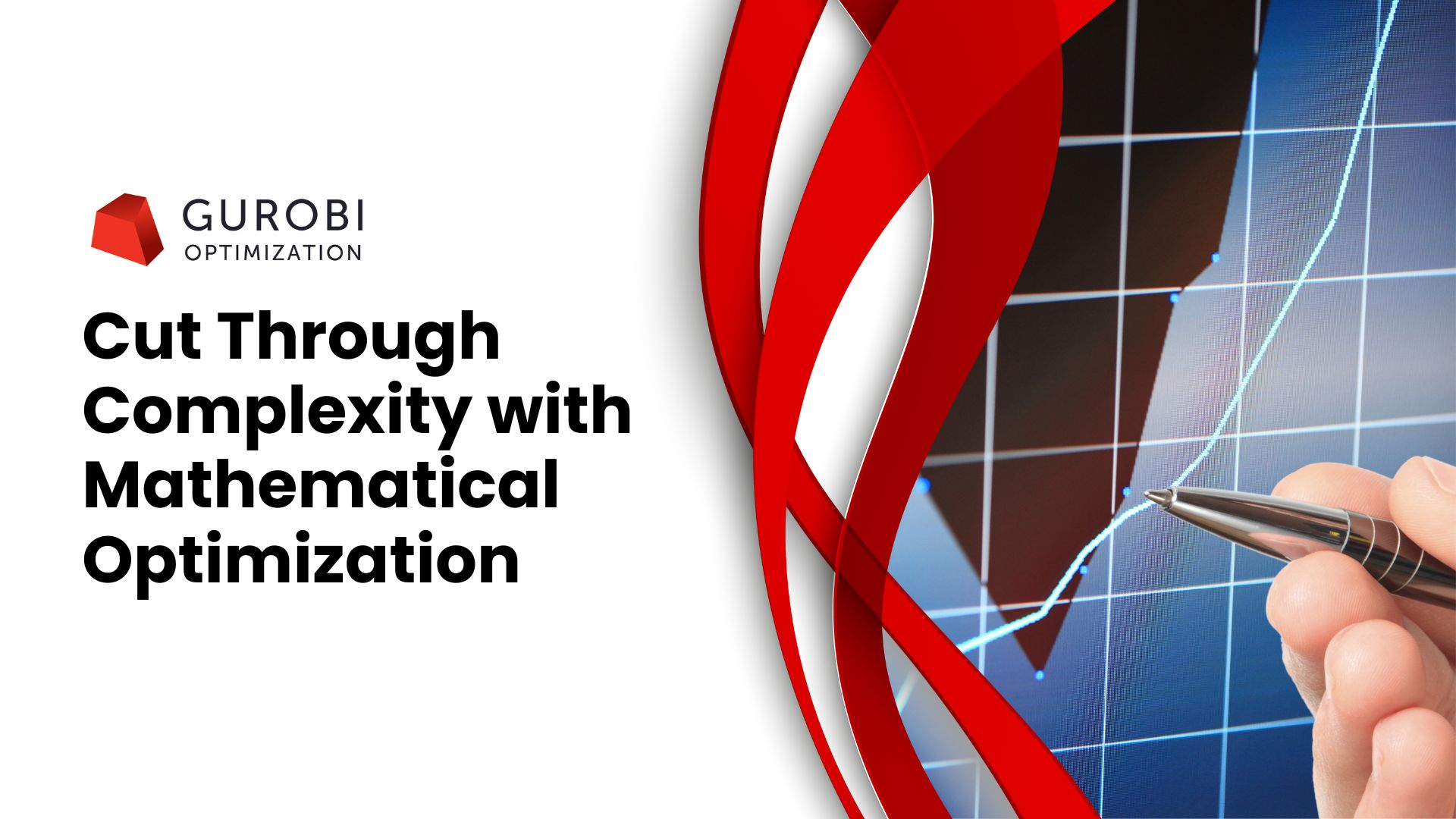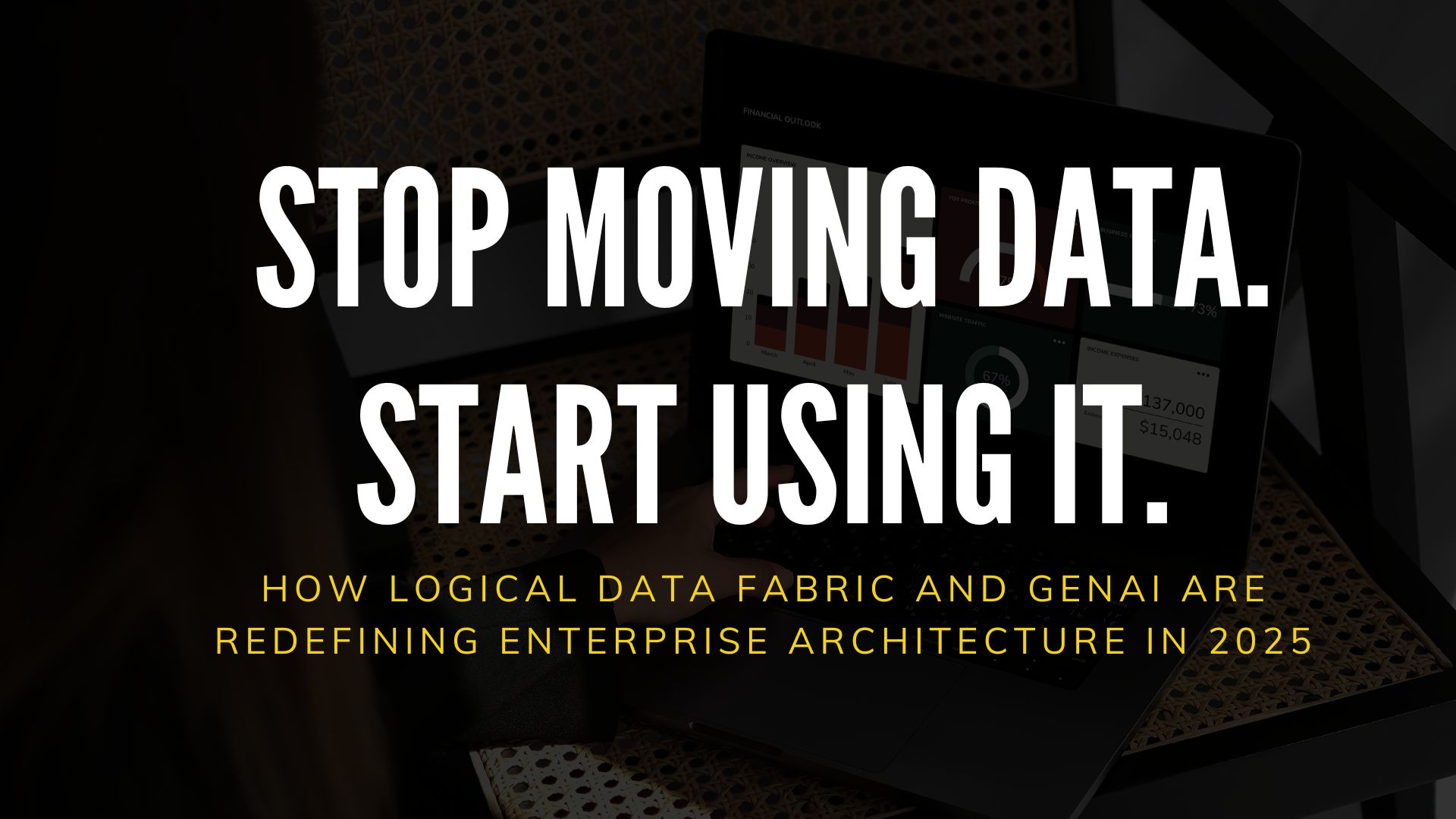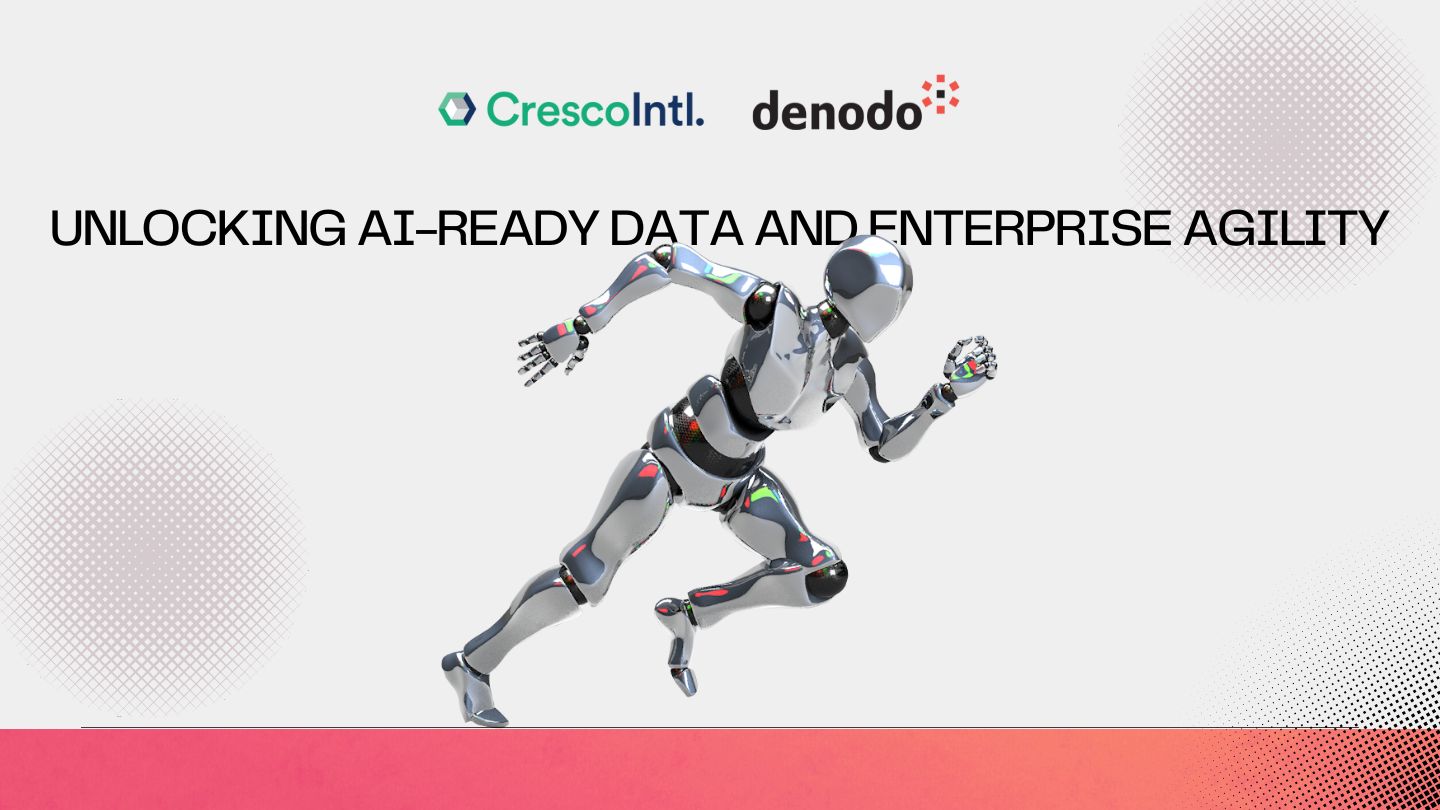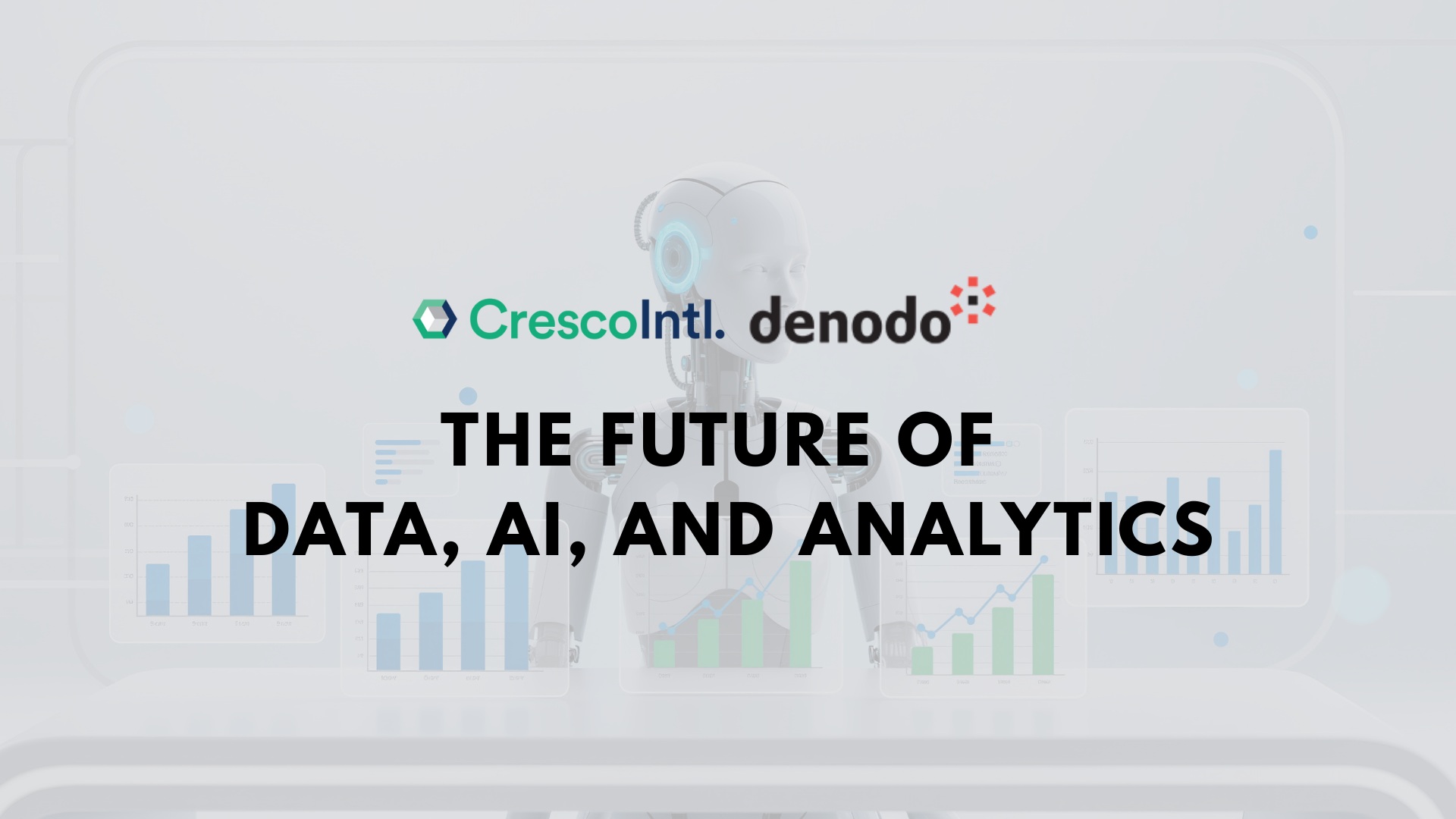Since its debut, Gurobi Optimizer has redefined what’s possible in mathematical optimization, becoming a critical tool for industries worldwide. As we await the highly anticipated release of Gurobi 12.0, let’s reflect on how Gurobi’s journey—from a straightforward solver to an advanced platform for mixed-integer, quadratic, and nonlinear optimization—has reshaped the optimization landscape. This blog will walk through Gurobi’s milestones and delve into how its expanding capabilities, particularly in cloud and API integration, have equipped businesses, researchers, and developers with the tools needed for increasingly complex decision-making.
Expanding Capabilities with Each Release
From the outset, Gurobi’s goal has been to not only match but also surpass existing optimizers, adding tools that would make it the go-to choice for high-performance optimization. Over the years, each new Gurobi release has integrated advanced functionality to meet the evolving demands of a dynamic optimization field.
Gurobi 3.0 (2010): Bringing Parallel Computing and Solution Pools to the Forefront
With this version, Gurobi made significant strides in computational performance, introducing the parallelized barrier algorithm for faster solutions. This release also added Solution Pools, allowing users to explore multiple feasible solutions to a problem. Solution Pools proved especially beneficial for scenarios that required a broad view of potential outcomes, such as scenario planning in finance and contingency planning in supply chains.
Gurobi 3.0 also introduced improved cutting planes and symmetry handling, making mixed-integer programming (MIP) more efficient by reducing the solution space and thereby speeding up problem-solving.
Gurobi 4.x Series (2011): Supporting Complex Objectives and Concurrent Optimization
Gurobi 4.x expanded support for quadratic objectives, enabling users to define more complex objective functions. This upgrade was instrumental for sectors like portfolio optimization, where risk management requires modeling quadratic relationships.
The series also introduced concurrent optimization capabilities, which allowed optimization processes to run across multiple machines. This advancement addressed the growing demand for distributed computing solutions, a necessity for industries such as telecom and logistics where time-sensitive, high-stakes decisions hinge on real-time optimization.
Gurobi 5.x Series (2012-2013): Entering the Distributed Optimization Era
The 5.x series marked the beginning of distributed optimization. With Compute Servers, users could offload heavy optimization tasks to dedicated servers, facilitating client-server optimization in larger, team-based projects. This feature proved especially valuable for businesses requiring centralized optimization capabilities that could support multiple departments or branches.
New features like the Parameter Tuning Tool allowed for systematic model refinement, automatically identifying optimal parameters to improve solution performance. This tool was a game-changer for users dealing with large, complex models, as it reduced trial-and-error efforts and shortened development time.
Gurobi 6.0 (2014): Enabling Large-Scale Modeling with Distributed Mixed-Integer Programming (MIP)
Gurobi 6.0 introduced Distributed MIP, providing an essential upgrade for users needing to tackle large-scale models. By distributing computations across multiple machines, Gurobi enabled users to break down challenging problems and solve them more efficiently.
This release also added support for piecewise-linear objectives, allowing users to represent nonlinear relationships within a linear framework. This capability broadened Gurobi’s applicability to industries that rely on nonlinear modeling, such as energy and utilities, where piecewise-linear models can approximate nonlinear energy usage or cost structures.
Gurobi 7.x Series (2016-2017): Expanding with General Constraints and Multi-Objectives
In the 7.0 release, Gurobi introduced general constraints like MIN/MAX, ABS, AND/OR, and INDICATOR, making it more intuitive and powerful for a variety of applications. These constraints simplified the modeling process for users who needed to add conditional logic or express complex requirements directly in their optimization models.
The introduction of multi-objective optimization allowed users to prioritize multiple goals within a single model, a vital enhancement for industries where trade-offs between objectives are common—such as balancing profit and environmental impact in supply chain operations.
Moving Toward Cloud and API Enhancements
With the rise of cloud computing, Gurobi has responded by creating solutions that enhance deployment flexibility and developer-friendly integration. These advancements in cloud compatibility and API development have positioned Gurobi to meet the demands of a digital-first, cloud-based world.
Gurobi 8.x Series (2018): Pioneering Cloud-Based Optimization with Gurobi Instant Cloud
Recognizing the importance of the cloud in enterprise technology, Gurobi released Gurobi Instant Cloud in 2018. This feature allowed users to access high-performance optimization on demand, eliminating the need for costly on-premise infrastructure and enabling flexibility. Users could simply scale up computational resources as needed, optimizing resource allocation.
Gurobi Instant Cloud’s integration with Microsoft Azure extended its reach, making it more accessible to global businesses already relying on Azure for their IT needs. This functionality enabled optimization for companies that required consistent uptime, scalability, and integration with other cloud-based business applications.
Enhanced APIs and Developer Tools
Gurobi also focused on developer experience, particularly for those building optimization-based applications. The 8.x series included enhanced R and MATLAB APIs, catering to a broader range of users. By making these popular programming languages compatible with Gurobi, users could seamlessly integrate optimization models into their existing workflows, improving productivity and allowing data scientists, developers, and engineers to work more effectively.
Python API improvements followed in subsequent releases, aligning with Python’s growing popularity in data science and machine learning. These upgrades allowed for more intuitive model-building, making Gurobi accessible to developers and analysts in need of a powerful, flexible optimization engine for analytics and data-driven decision-making.
Need Gurobi Training? Enroll for
Gurobi 9.x Series (2019-2021): Advanced Features and Compute Server Expansion
In Gurobi 9.0, the addition of bilinear constraints marked another leap forward, especially for industries like logistics and energy where nonlinear constraints are essential. This release also introduced the Cluster Manager, a robust feature for Compute Servers that simplified the management of distributed optimization tasks. With Cluster Manager, businesses could better coordinate optimization workflows, reducing downtime and improving collaboration across teams.
Later updates in the 9.x series added more general constraints, support for optimization-based bound tightening, and improvements to memory limits and heuristics, making the platform more efficient and capable of handling larger and more diverse datasets. These upgrades solidified Gurobi’s status as a premier tool for tackling real-world, complex optimization problems across domains.
Gurobi 10.x Series (2022): Expanding on Flexibility and Licensing Options
In response to user feedback, Gurobi 10.0 included the Network Simplex algorithm, enhancing its capabilities for network flow problems—a frequent challenge in supply chain optimization and telecommunications.
With the Web License Server, Gurobi offered a more flexible licensing approach. This new option allowed enterprises to manage licenses across distributed teams, an increasingly important feature as remote and hybrid work models became the norm. The Web License Server provided greater control, simplified license management, and supported Gurobi’s growing ecosystem of cloud and on-premise users.
Gurobi 11.0 (2023): Advancing Mixed-Integer Nonlinear Programming (MINLP)
The 11.0 release marked Gurobi’s deeper dive into nonlinear programming, particularly for mixed-integer nonlinear programming (MINLP) problems. This release introduced the FuncNonLinear parameter, giving users control over how functional constraints are solved, whether through piecewise-linear (PWL) approximations or outer approximations. These options allowed for more precise modeling, especially useful for industries like finance and engineering that rely on detailed nonlinear models.
Want to Buy Gurobi? Visit
Cresco International: Experts in Gurobi Optimization Solutions
As the Gurobi platform has grown, so has the need for expertise in applying Gurobi-powered optimization to real-world business challenges. Cresco International is a team with a deep understanding of Gurobi’s functionalities, helping clients from diverse industries design, deploy, and scale Gurobi-based solutions. With extensive experience in optimization and a track record of success, Cresco International guides organizations through the intricacies of Gurobi’s advanced features, helping them achieve optimal performance and efficiency. Their professionals are adept at tailoring Gurobi applications for unique operational goals, be it reducing costs in supply chains, optimizing workforce planning, or enhancing resource allocation.
The Future with Gurobi 12.0
With Gurobi 12.0 on the horizon, the platform is set to further push the boundaries of optimization technology. Although the specific enhancements are still under wraps, users can expect Gurobi to continue prioritizing performance, flexibility, and user-centric features. The upcoming version promises to deliver even more robust capabilities to meet the demands of today’s optimization challenges, solidifying Gurobi’s role as a leader in mathematical optimization.
From its early days to its current status as a top-tier solver, Gurobi’s development has been a testament to the power of continuous innovation and responsiveness to user needs. As industries look to drive efficiency and make data-driven decisions, Gurobi’s journey—culminating in the upcoming release of version 12.0—shows no signs of slowing down.











